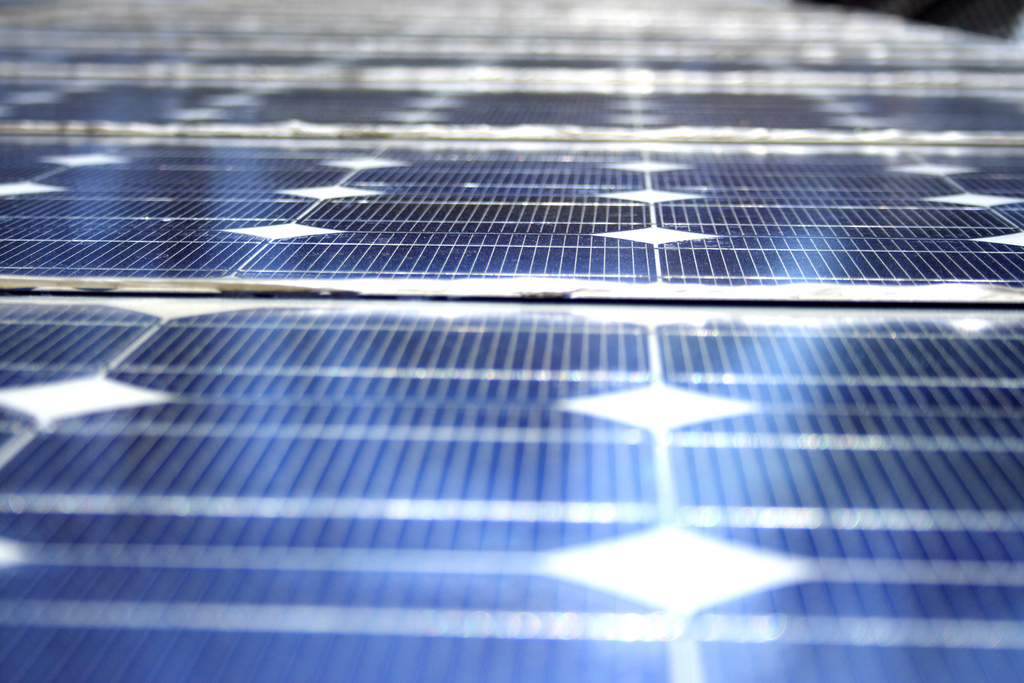Solar developers are people and or organizations that work with clients, financiers and often construction companies to build solar assets. The solar developers included in this study work in different parts of the United States and have different experiences with engaging with regulations, clients and utilities. While they do deal with financing, they are not the same as solar investors, who are individuals or financial institutions that are chiefly interested in putting money into projects and receiving a return on investment. The solar developers contacted for both this case study and the work with the community partner offered practical information about how Community Solar (CS) is valuable to them, the communities they work with and Investors. They were also instructive in providing some idea of the necessary scale that CS projects need to be in terms of megawatts (MV) to be appealing to both developers and investors. In fact, four out of the ten (40%) interviewees said that a solar project should exceed 2MW, with two out of the three solar developer organizations (66%) included in this.
The Partner Organization (PO) originally planned for a sub-1MW installation, but through the project team’s research process, it was discovered that it is difficult to finance a sub-megawatt CS project, especially in the state of New York. As CS projects aim to provide electricity for many people at once, it should be possible to easily exceed 1 MW. As one interviewee that works with both solar developers and community groups said: “If financing [community solar] projects in New York City were easy, there would be a lot more of them. There is an element of [community groups and solar developers] figuring this out as they go along [1].”
Another value proposition for solar developers is the opportunity to build a portfolio of CS projects in a given area. Having multiple projects, as one interviewee said, lowers project costs and encourages knowledge sharing [2]. This can also have the effect of cultivating relationships with investors, as they would have a stream of projects with eligible tax credits to take advantage of, as a staffer from a housing non-profit that works on CS shared [3]. The case study will discuss this aspect of the value of CS in the “investors” section, but this is a very important part of getting CS projects financed, especially for community organizations. This also may tie in with the workforce development aspect of CS, as the more projects that are available, the more opportunities there may be to grow the solar industry. A community development/relationship building aspect has emerged from both the literature (Noll et al., 2014, Rai et. al, 2015) and from some of the meetings and interviews (I.B., M.F., M.S., Personal Communications). The papers emphasized that installers having face to face meetings with people interested in residential PV was a critical component to adoption of the technology and N.G. mentioned that there are organizations that vet installers that then work with developers and community groups.
Solar developers, similar to investors, tend to want stable projects, which means that there is a creditworthy partner to handle debt, an adequate number of subscribers and/or an anchor subscriber that can guarantee a certain amount of electricity usage. One of the strengths of having a community organization such as the one the author is working with is that they have long-standing relationships and contact information for hundreds of neighborhood residents [4], which could all be potential CS subscribers. One of the solar policy experts interviewed seconded this, saying that “Trusted partners [such as community groups] can lower the costs of marketing [solar projects] [5].” Noll, et. al. (2014) reinforces the notion of community groups that have no financial stake from sharing information as being key to getting solar projects in the pipeline. Although this is from a residential PV perspective, they spoke with a community group that found “Their community organization efforts to be…successful [and] the information could be could be trusted since the solar advocates were simply their neighbors, who would not make any money off of their participation [6].”
To summarize the value proposition for solar developers, which at times are similar to investors, CS projects are usually least 1-2MW in size, which would be a big enough project to generate enough tax credits to make the deal worth it. There is also the chance to build relationships within communities and with solar investors through developing several successful projects, and finally, partnering with community organizations can increase the likelihood of having an ample number of subscribers to make the CS project viable.
References:
[1] N.G. Personal Communication. April 27, 2018.
[2] I.B. Personal Communication. March 22, 2018.
[3] E.T. Personal Communication. March 02, 2018.
[4] R.C. Personal Communication. March 23, 2018.
[5] M.T. Personal Communication. April 01, 2018.
[6] Dawes, C., Noll, D., & Rai, V. (2014). Solar Community Organizations and active peer effects in the adoption of residential PV. Energy Policy, 67, 330–343. Retrieved from https://ac.els-cdn.com/S0301421513013141/1-s2.0-S0301421513013141-main.pdf?_tid=1ecdd993-26e9-4463-96e2-ef6d44051229&acdnat=1520464747_7663e374320d22291abb0b8a011d1778.

